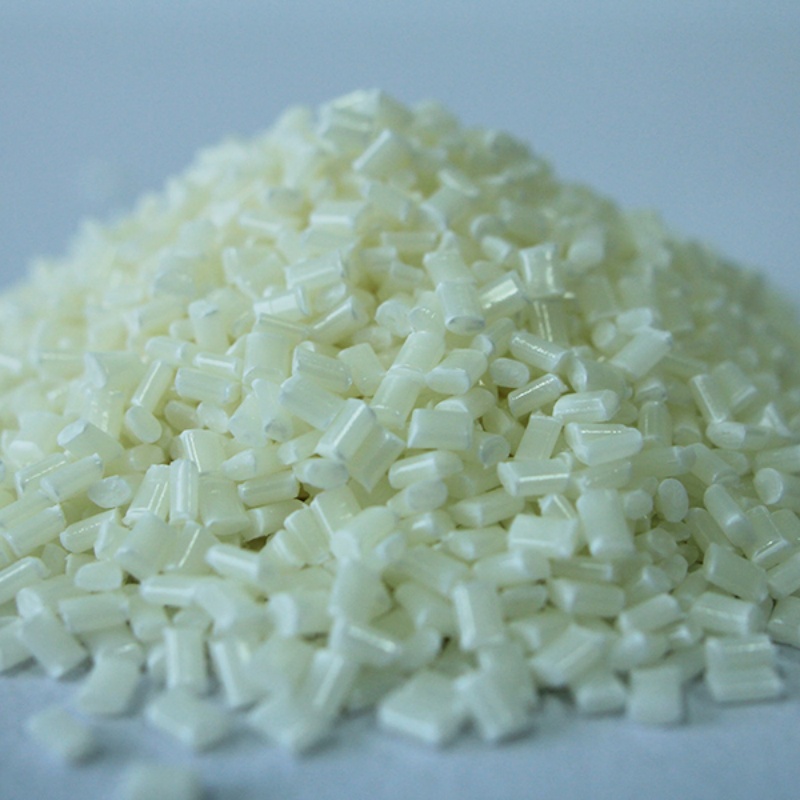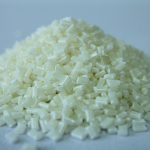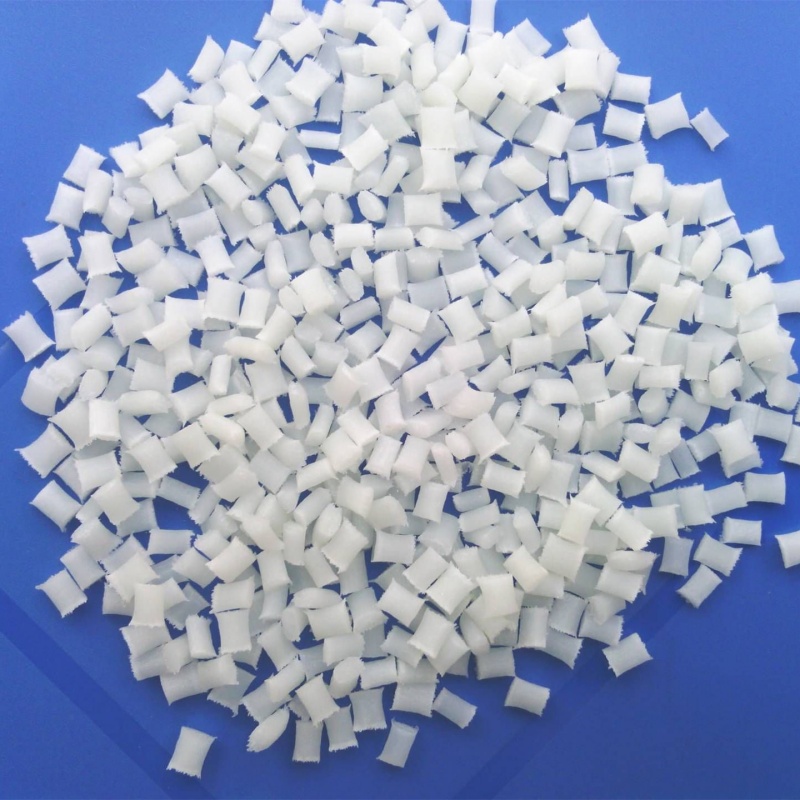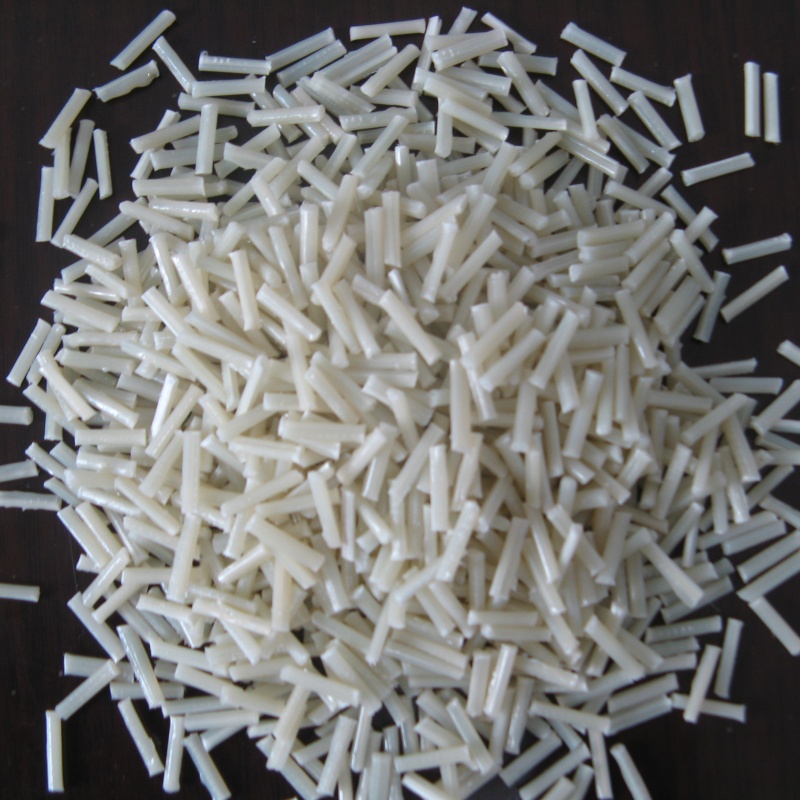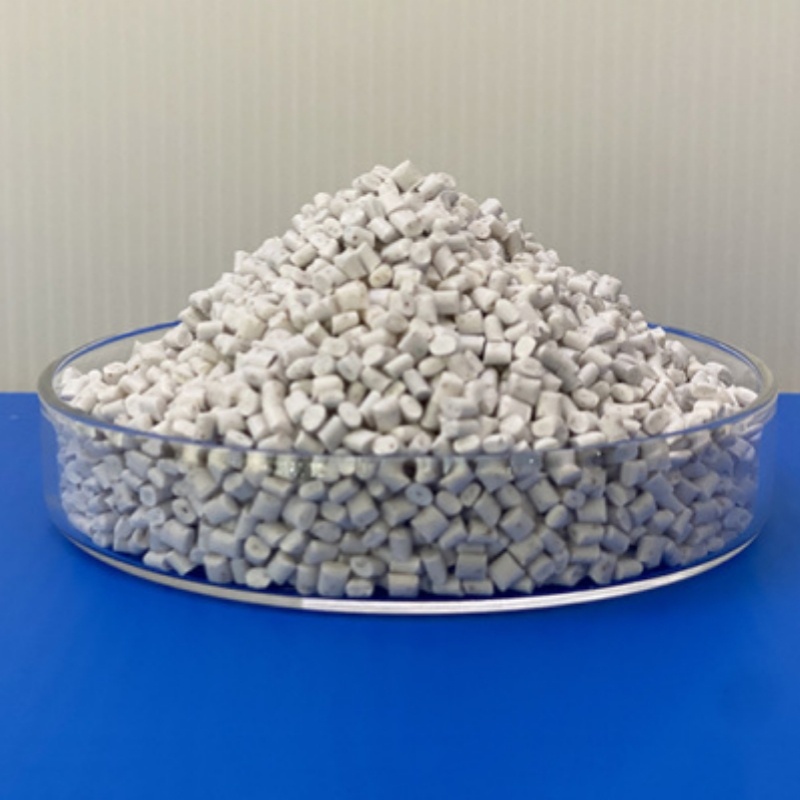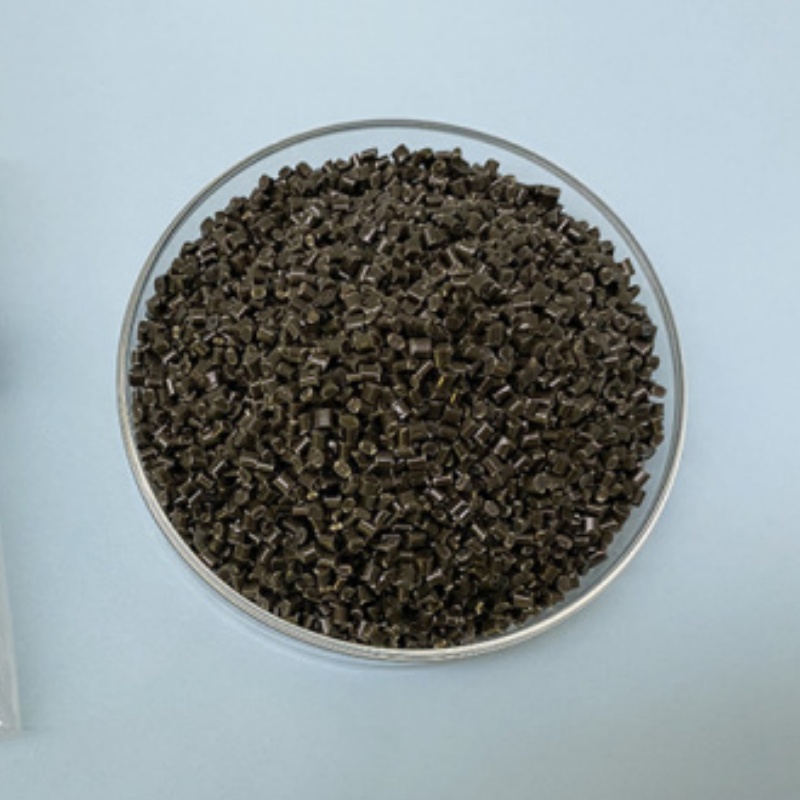Flame Retardant and Environmentally Friendly PC/ABS Composite Material offers superior fire resistance, excellent mechanical strength, and optimized sustainability. Designed for automotive, electrical, and industrial applications, it ensures safety, durability, and eco-friendly performance.
Product Overview
Flame Retardant and Environmentally Friendly PC/ABS composite material combines the strength and heat resistance of Polycarbonate (PC) with the excellent processability of Acrylonitrile-Butadiene-Styrene (ABS). It features superior flame retardant properties and eco-friendly characteristics, making it ideal for applications that require high-temperature stability and safety. This material is especially suited for electronic products, household appliances, and other high-demand fields where stable physical properties are required under extreme conditions.
Key Features
- Flame Retardant: Uses environmentally friendly flame retardant technology that meets international flame retardant standards. It extinguishes quickly upon contact with flames, effectively preventing fire spread.
- Environmentally Friendly: Free of halogen, this material complies with green environmental standards, meeting the industry’s growing demand for sustainable development.
- High Heat Resistance: Exceptional heat resistance allows the material to maintain stable structure and performance even under high-temperature conditions.
- Excellent Mechanical Properties: With good impact resistance and tensile strength, this material is suitable for high-load environments, ensuring long-lasting durability.
Applications
- Controller Enclosures and Support Components: Ideal for housing and supporting components of various electronic controllers, providing reliable mechanical protection and high-temperature stability.
- Office Equipment Housings: Used in the production of office equipment enclosures, combining flame retardancy and eco-friendliness to ensure the safety and environmental compliance of the equipment.
- Portable Device Enclosures: Widely used in portable devices, offering high strength and heat resistance to ensure the reliability of the equipment in various working environments.
| Test Properties | Unit | Test Method | Test Condition | Typical Value |
| Physical Properties | ||||
| Density | g/cm³ | ISO 1183 | 1.21 | |
| Filler Content | % | ISO 1172 | - | |
| Mold Shrinkage | % | ISO 294 | Parallel: 0.52, Vertical: 0.52 | |
| Mechanical Properties | ||||
| Tensile Strength | MPa | ISO 527 | Type I sample, 50mm/min | 52 |
| Elongation at Break | % | ISO 527 | Type I sample, 50mm/min, Gauge length 50mm | >30 |
| Flexural Strength | MPa | ISO 178 | 23℃, 10mm/min | 78 |
| Flexural Modulus | MPa | ISO 178 | 23℃, 10mm/min | 2200 |
| Izod Impact Strength (Notched) | KJ/m² | ISO 180 | 23℃ | 43 |
| Charpy Impact Strength (Unnotched) | KJ/m² | ISO 179 | 23℃ | NB |
| Thermal Properties | ||||
| Melting Point | ℃ | ISO 11357-1 | - | |
| Heat Deflection Temperature (HDT) | ℃ | ISO 75 | 0.45MPa: 115, 1.8MPa: 95 | |
| Flammability | ||||
| UL Flammability Class | UL-94 V0 | |||
| Electrical Properties | ||||
| Surface Resistivity | Ω | IEC60093 | 1000000000000000 | |
| Volume Resistivity | Ω·cm | IEC60093 | 1000000000000000 |
 new material
new material

